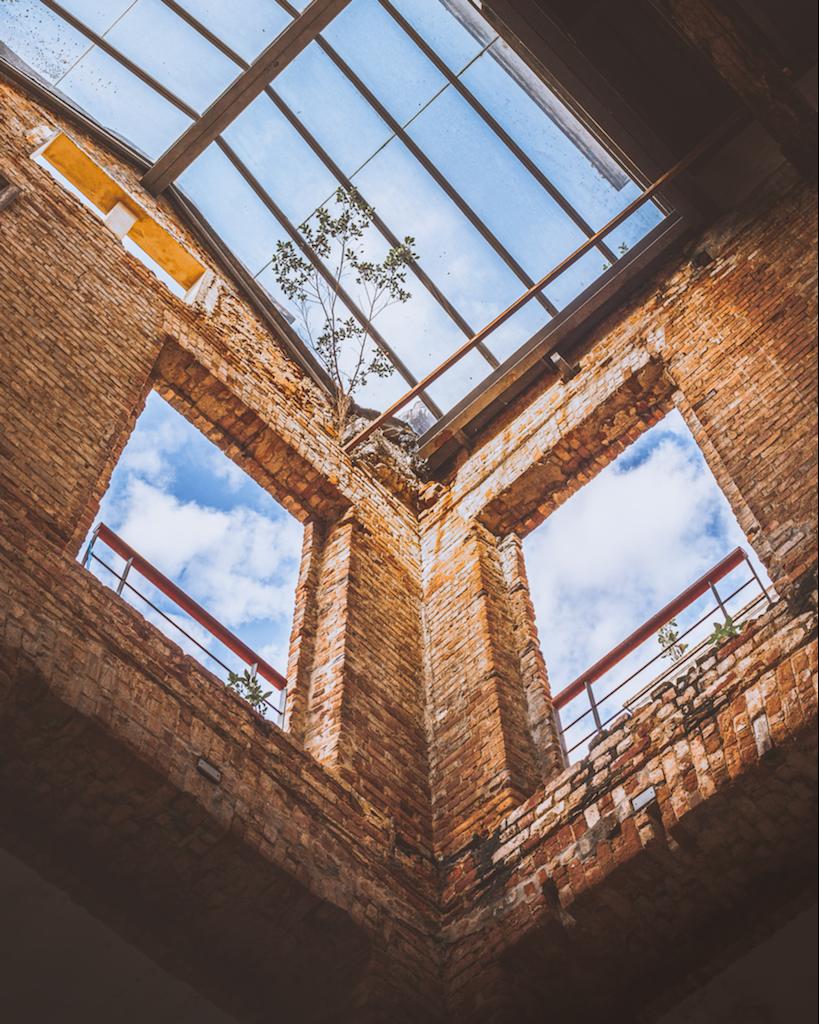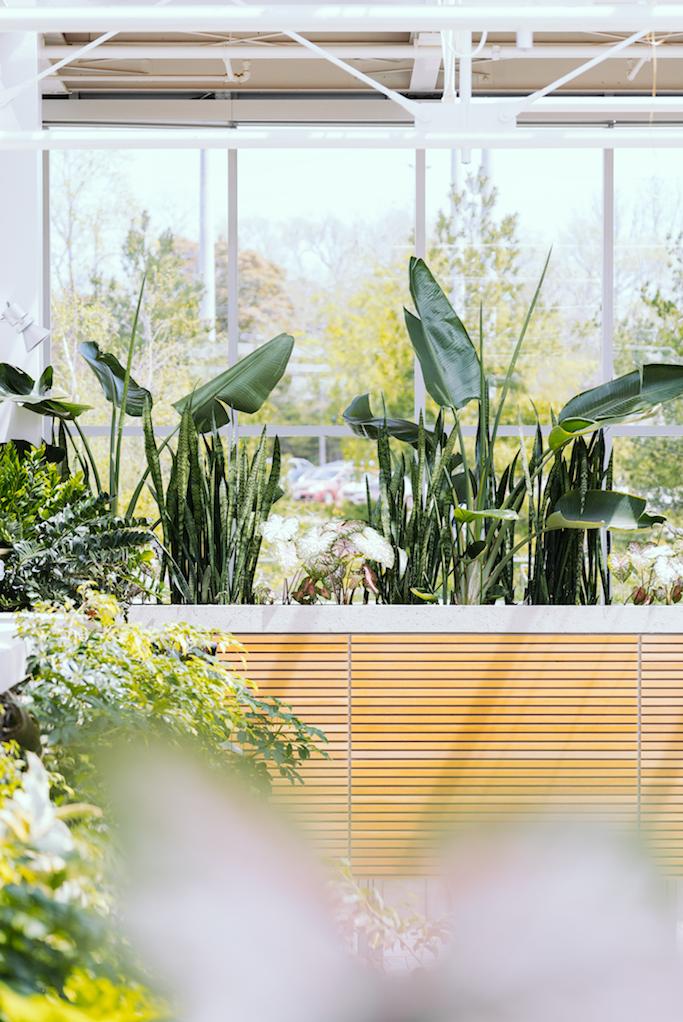Regulation and growing environmental awareness, are driving green building trends that will define our built environment in years to come. To help our clients navigate their way to a greener future, Elliam have identified those trends most likely to shape their construction decisions in the years ahead. In our greener future, we can expect a closer partnership with nature, more energy efficient designs, less waste, more recycled materials, and a reduction of our operational energy usage.
Green building practices
Best practice green building starts at the construction site. With the right project management, green building practices not only improve environmental outcomes, but they also save money, by reducing waste. Green building practices on construction sites, create a healthier place to work for construction workers and a healthier place for future inhabitants.
Green building practices are designed to reduce waste, reduce the dispersal of chemicals into the local community and reduce chemical residue. There are a vast number of green building practices in play, some of the more common practices include;
- Minimising stormwater pollution, by the application of silt fencing to prevent bad water flowing into the local sewerage system.
- Preventing chemicals transference into the local community, using ‘walk off mats’ which remove dirt and dangerous chemicals from a worker’s shoes.
- Spill containment, a system to stop the spread of hazardous chemicals from the spill source, A reduction in cleaning chemicals, through use of physical processes to clean and the use of detergents to replace harsh chemicals.
- Airborne chemical reduction, using paste and pellets to replace powders, paint brushes instead of aerosols and ventilated booths for spray painting.
- Reductions in material waste, using bolts and clips rather than adhesives and the purchase of ready cut material rather than cutting on site.
Expect to see innovation in healthier and greener building practices to continually raise the bar on environmentally friendly construction.
Healthier indoor spaces
The pandemic has made permanent changes to our lifestyle, work life and accordingly to our built environment. Alongside the pandemic there has been a growth in demand for improved air purification and natural ventilation, to reduce the load of airborne germs and viruses. Expect to see a growing level of investment in natural indoor air ventilation to both reduce indoor air pollution and the risk of infectious disease.
In addition, people are increasingly aware of the impact of their built environments on their overall well-being. People are now seeking environments that improve their sensory experience including; sound cancelling design, greater access to natural light and a constant flow of fresh air. In the future you can expect to experience indoor living spaces that feel more connected to the natural world outside.

Biophilia, design inspired by nature
Popularised by architects such as Frank Lloyd Wright, biophilia aims to mimic nature in designs. Biomimicry is used by engineers to design sustainable materials and by architects in designs such as windows which model flowers, to catch more sunlight. Biophilia is set to be a driving force behind green building innovation in years to come.
Lower embodied carbon materials
The quest for lower embodied carbon materials will be ongoing, driving research and development into lower carbon options for cement, steel and glass. The rise in use of reusable and natural materials, including the growth in wood-based constructions will continue. The gains will be environmental and financial. Expect to see increasing incentives to swap over traditional materials for more sustainable options, such as bamboo and recycled plastics for flooring.
Low-Emitting Windows
Buildings contain many carbon-saturated activities such as lighting, heating, cooling and ventilation, which together account for 80% of a building’s carbon emissions, known as operational carbon emissions. Low-emitting windows are one the most effective interventions to reduce operational carbon. Low-emitting windows, provide all the pleasure of sunlight rooms without the downside of temperature extremes of overheating or freezing. Coated with metallic oxide to block some of the sun’s excessive rays in summer and retain the heat in winter, low emitting windows reduce energy bills all year round.

Cool roofs
Cool roofs are one of the most powerful interventions to reduce the cost of cooling a building. Working on the same principle as white cars or clothes, cool roofs absorb less solar energy due to the solar reflectance of their roof design. Unlike a traditional roof which traps the sun’s heat and radiates it within the living space of the building, cool roofs don’t generate internal heat within the home. Cooler roofs are the same price as regular roofs and are ideally implemented at the time of construction or roof replacement. A cool roof surface can be retrofitted later at an additional cost. Cool roofs are often adopted by buildings seeking a net zero carbon emission target.
Climate change preparedness
Property Managers and homeowners are increasingly preparing themselves for a world of extreme weather. The climate proofing solutions of buildings are designed to manage the specific risks of a geographic area such as flooding, extreme temperature variations and the need for emergency measures such as backup generators.
Expect to see a growing demand for flood fortification of buildings, particularly in the flood affected areas of the east coast of Australia. Building designs that use natural and outdoor elements to counter weather extremes, such as sunlight and ventilation, will be on the rise. Cool roofs, better design of skylights and windows, will be used to both improve the ambience and energy efficiency of the buildings of the future.
Water conservation
Water conservation is a growing in awareness and practice, especially in drought effected areas that are impacted by water restrictions. Water conservation solutions include sensor driven water efficient taps, energy efficient toilets and rainwater collection. Recycled gray water for toilets are another way buildings can reduce their overall water consumption.
Prefabricated buildings
Breakthroughs in the preparation of prefabricated buildings have produced unprecedented savings in the cost of building materials and the cost of a build. The efficiency of building in a controlled environment uses much less energy, in addition, the modular design of prefabrication creates efficiencies in resource planning, resulting in a significant reduction of building material waste. Expect to see the efficiencies of prefabricated buildings rise in popularity.
Smart buildings
Smart buildings use sensors and controllers to monitor and regulate energy use to great effect. Sensor and controllers, orchestrate the settings for lighting, ventilation, and temperature control, reducing energy waste. Many green energy futurists see smart buildings as a key driver of future energy and cost savings in the years ahead.
For more information on how Elliam’s green building solutions can be integrated into your construction needs contact us on admin@elliam.com.au